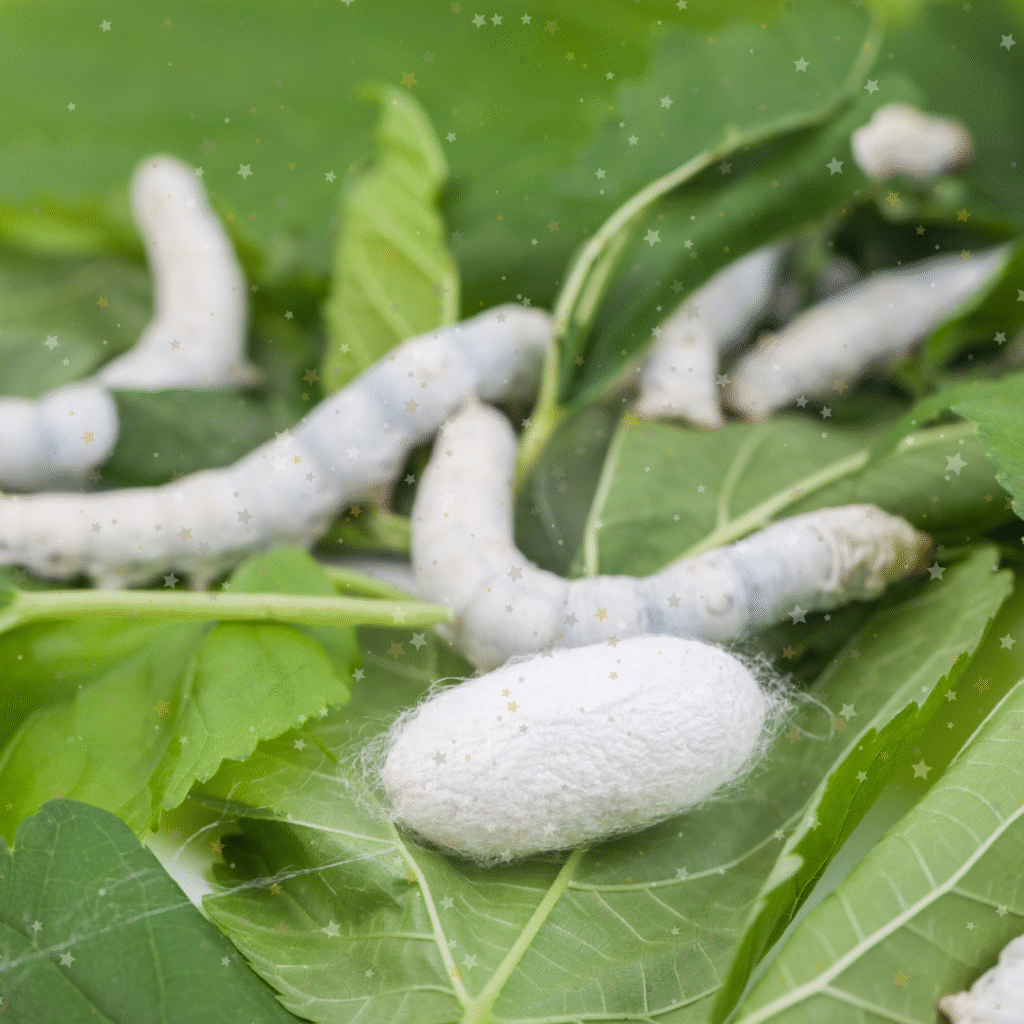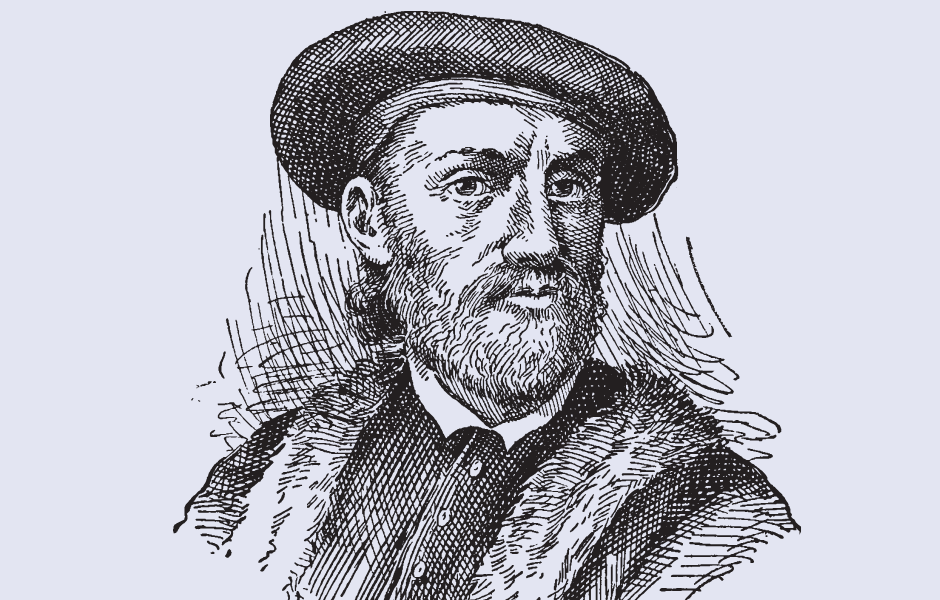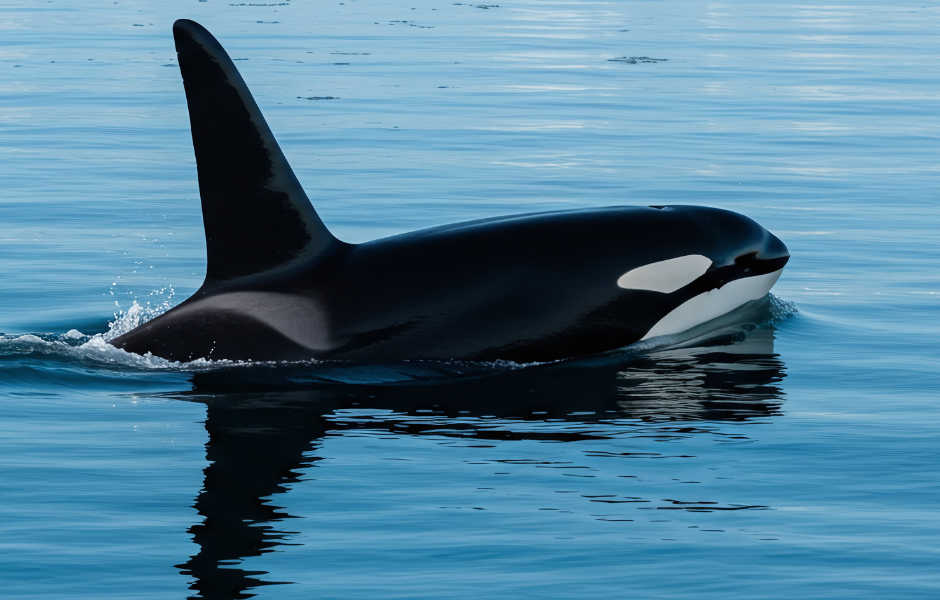
This children’s article, Discovering silk: China’s tiny worm with a huge secret, has been written for native English speakers and learners of English as a second or foreign language. It can help children practise reading and comprehension, learn useful vocabulary, and explore the amazing story of silk and the Silk Road. Written by Mark Pulley, a children’s writer and EFL teacher with eight years’ experience.
The discovery of silk
Silk is one of the softest and most beautiful fabrics in the world. But did you know it comes from a tiny worm? Let’s go back thousands of years to ancient China to discover how this little creature helped create a powerful trade route and a closely guarded secret.
The silkworm’s surprise
Silkworms aren’t really worms, they are the caterpillars of a moth.
A long time ago, the people of China discovered that when these caterpillars spun their cocoons, the thin threads could be used to make fabric. These threads were strong, soft, and shiny, perfect for making beautiful clothes.
According to legend, silk was discovered around 2700 BCE by a Chinese empress named Leizu. She was drinking tea under a mulberry tree when a silkworm cocoon fell into her cup. As she picked it out, the cocoon began to unravel into a long, shiny thread. From that moment, silk became a treasured material in China.
A top-secret treasure
For over 2,000 years, China kept the secret of silk-making to itself. Anyone who tried to take silkworm eggs or tell the secret was punished!
This made silk very special and very expensive in other parts of the world. Kings and queens wanted it, but only the Chinese knew how to make it.

The Silk Road
Because silk was so valuable, people began to travel across deserts, mountains, and seas to buy it. These trade routes became known as the Silk Road. But it wasn’t just silk that moved along this path; spices, gold, ideas, and even new inventions like paper also travelled along the road. It helped different cultures learn from each other. To learn more about the Silk Road, read this National Geographic encyclopedic entry.
Today, silk is made in many countries, but the story of the silkworm and the Silk Road still shows how one small creature helped connect the world.
Silk is an important part of China’s history and helped shape the country we know today. Another fascinating part of that history is the Great Wall. You can read all about it in this English article: The Great Wall of China: The longest man-made structure in the world!
Article vocabulary list
- Silkworm – A caterpillar that spins a cocoon made of silk thread.
- Cocoon – A soft, protective case made by insects like caterpillars before they become moths or butterflies.
- Thread – A long, thin piece of material used for sewing or weaving.
- Legend – An old story that might not be true but is told for many generations.
- Treasure – Something very special or valuable.
- Trade – The buying, selling, or exchanging of things.
- Route – A way or path used for travel.
- Culture – The ideas, art, language, and way of life of a group of people.
Comprehension questions
Just click the plus (+) to see the answer
1. What is silk made from?
Silk is made from the thread of silkworm cocoons.
2. Who discovered silk, according to legend?
A Chinese empress named Leizu.
3. What was the Silk Road?
A group of trade routes that connected China with other parts of the world.
4. Name two things that travelled along the Silk Road besides silk.
Spices and gold (also paper or ideas).
5. What does the word “cocoon” mean?
A protective shell made by insects before they turn into moths or butterflies.

Mark is a writer and EFL teacher from England with eight years’ experience. He’s passionate about travel, sport (especially football), animals, nature, and history, and enjoys helping children explore the world through language and learning.




